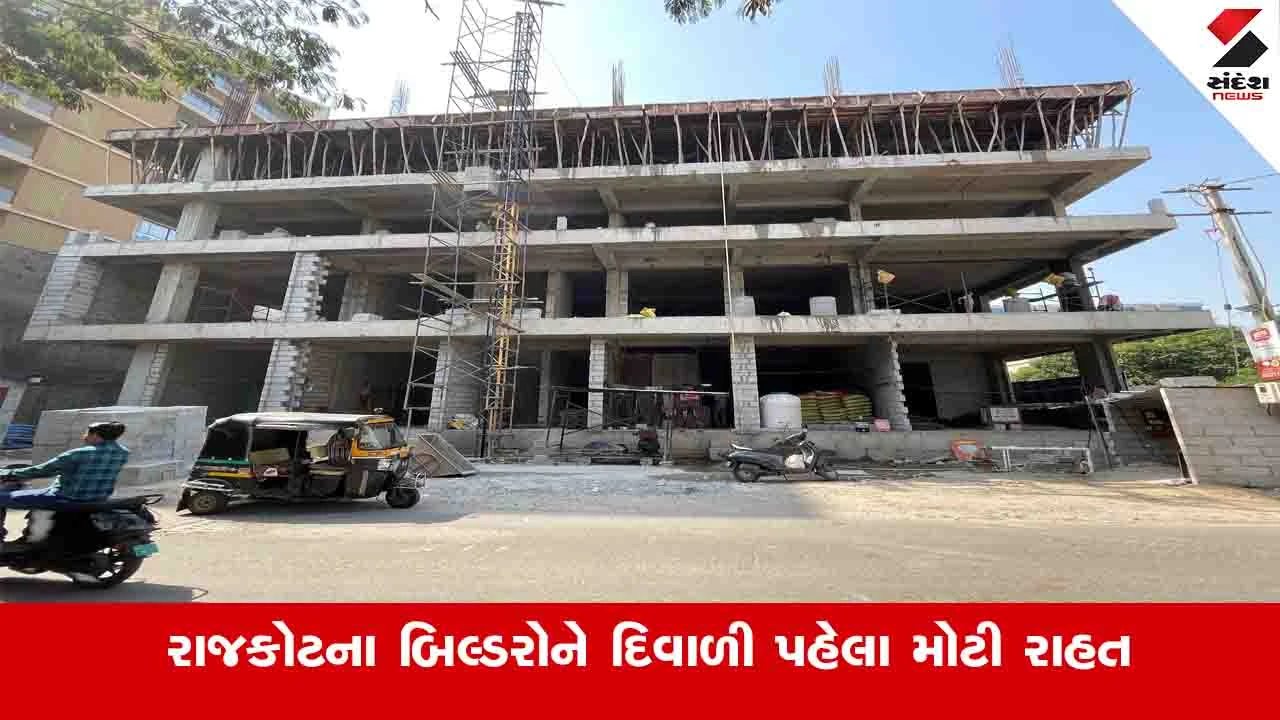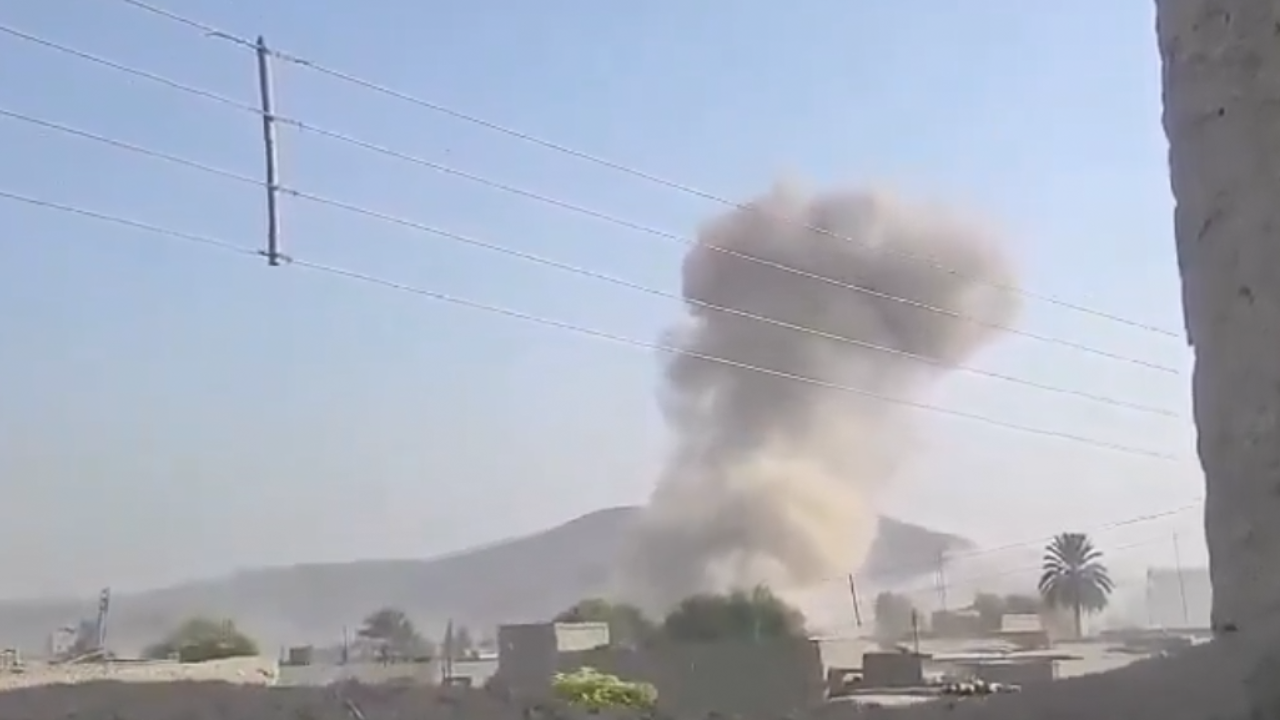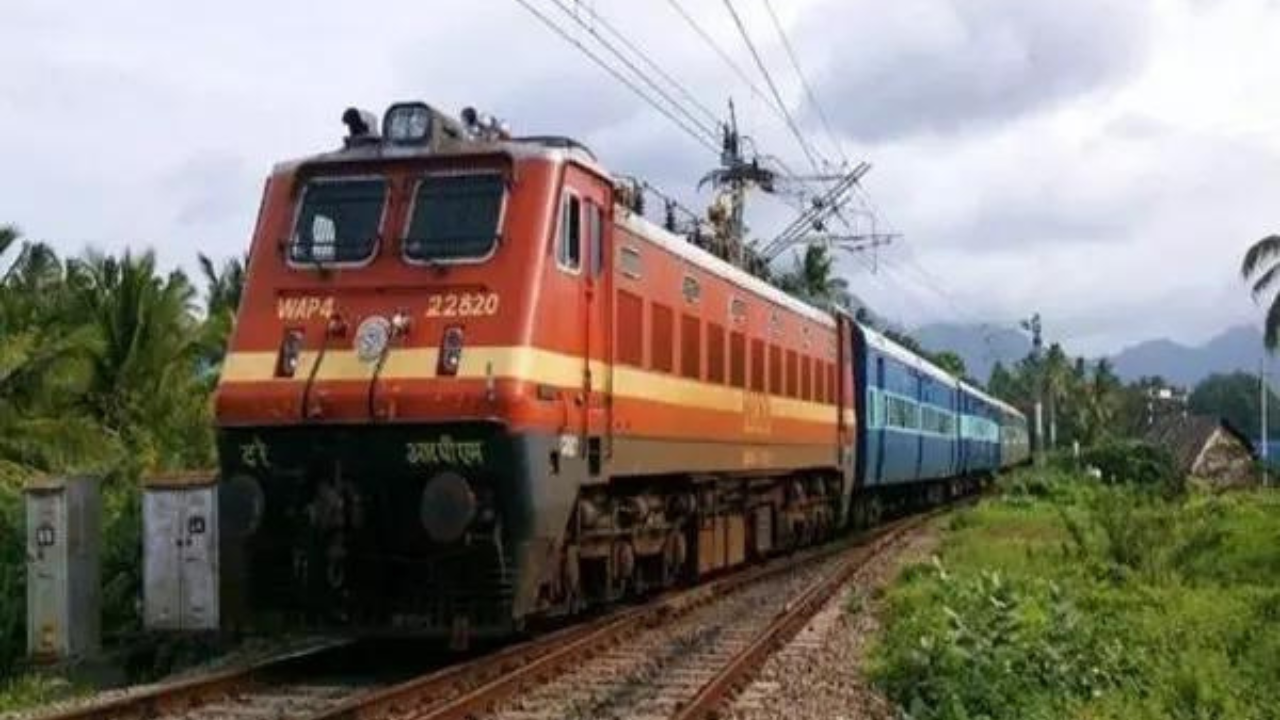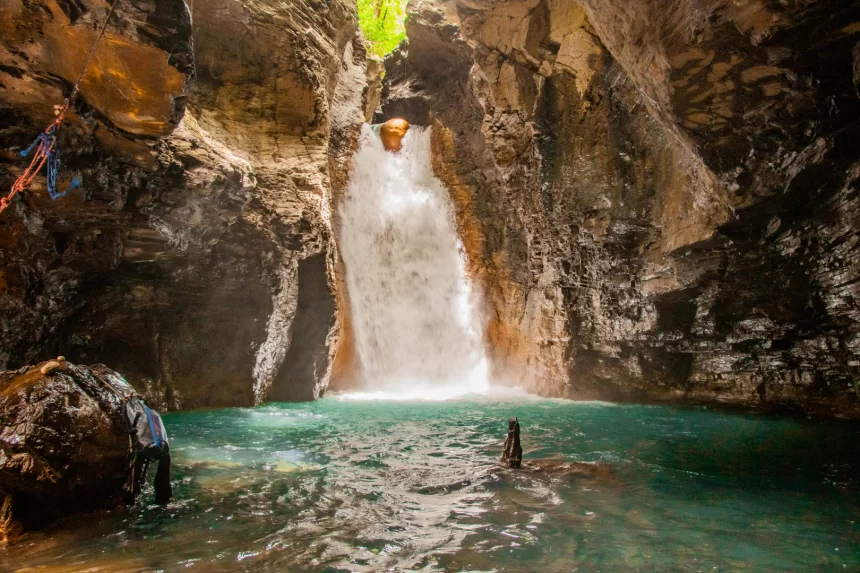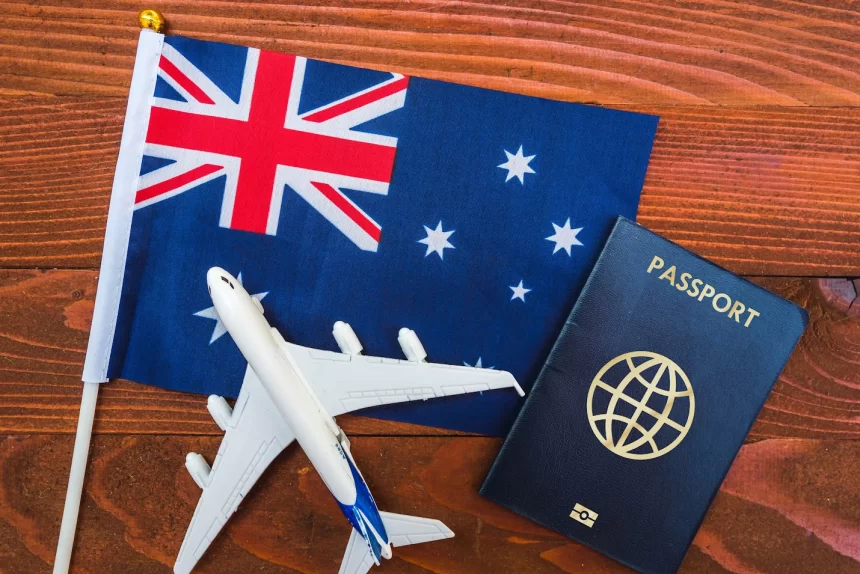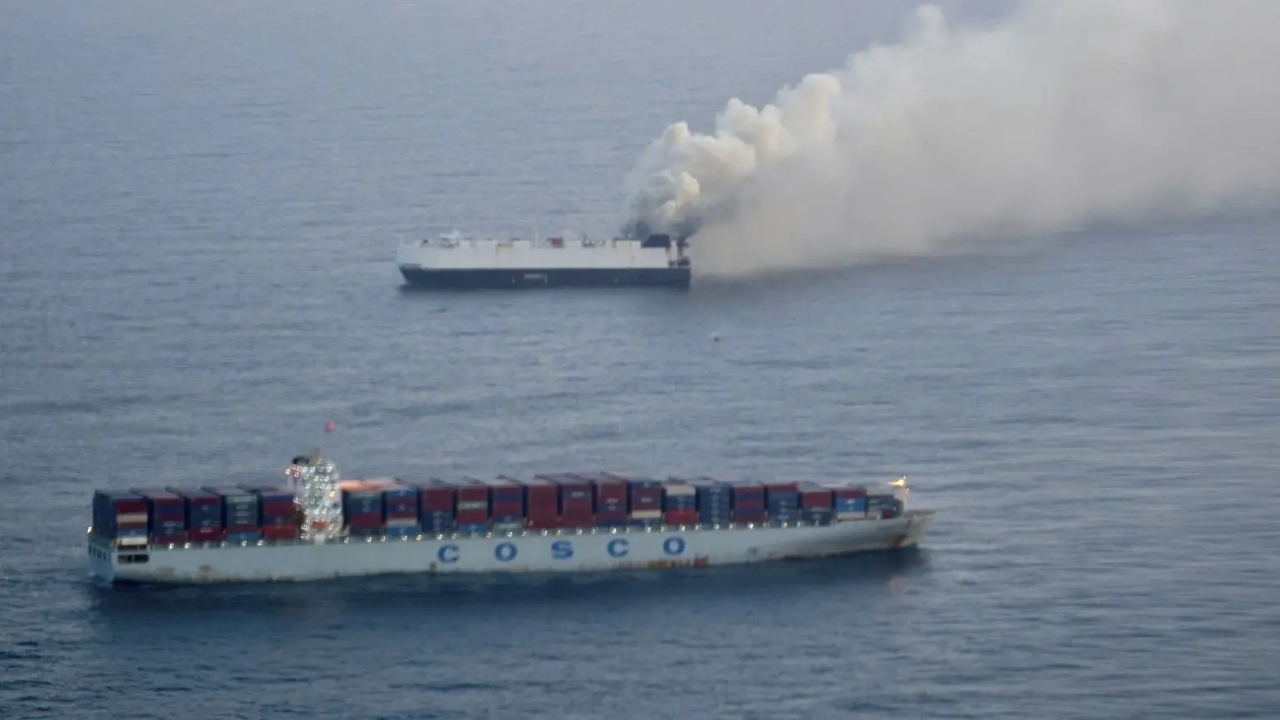In a new book, a Nepali entrepreneur projects the economic future of his country

Join our WhatsApp Community to receive travel deals, free stays, and special offers!
- Join Now -
Join our WhatsApp Community to receive travel deals, free stays, and special offers!
- Join Now -

When we are trying to reimagine Nepal, it becomes paramount to understand the way the Nepali economy has transformed since it was liberalised in 1990.
Nepal’s economy has always been unique. Whenever I am asked to provide a perspective on Nepal to potential clients, I argue that talking about the GDP or the per capita income as indicators does not provide the real picture of the Nepali economy. This is because two major economic activities in Nepal do not feature in the GDP computation: remittances and activities around capital transfer related to land and assets.
Further, the economy is driven by consumption, and the government has been happy to tax consumption, making Nepal the country with the highest tax-to-GDP ratio in South Asia.
The government has also found different ways to increase taxes on consumption. Nepalis pay high import duties on vehicles, comparable to Singapore. When the government saw that many Nepalis were frequently travelling – both domestically and internationally – they started to impose a 13% value-added tax (VAT) on air tickets. There are withholding taxes for any international firm providing education, consulting, or other services, which adds to the cost of services. The bottom line has been to find an easy way –...
Read more
What's Your Reaction?
 Like
0
Like
0
 Dislike
0
Dislike
0
 Love
0
Love
0
 Funny
0
Funny
0
 Angry
0
Angry
0
 Sad
0
Sad
0
 Wow
0
Wow
0


